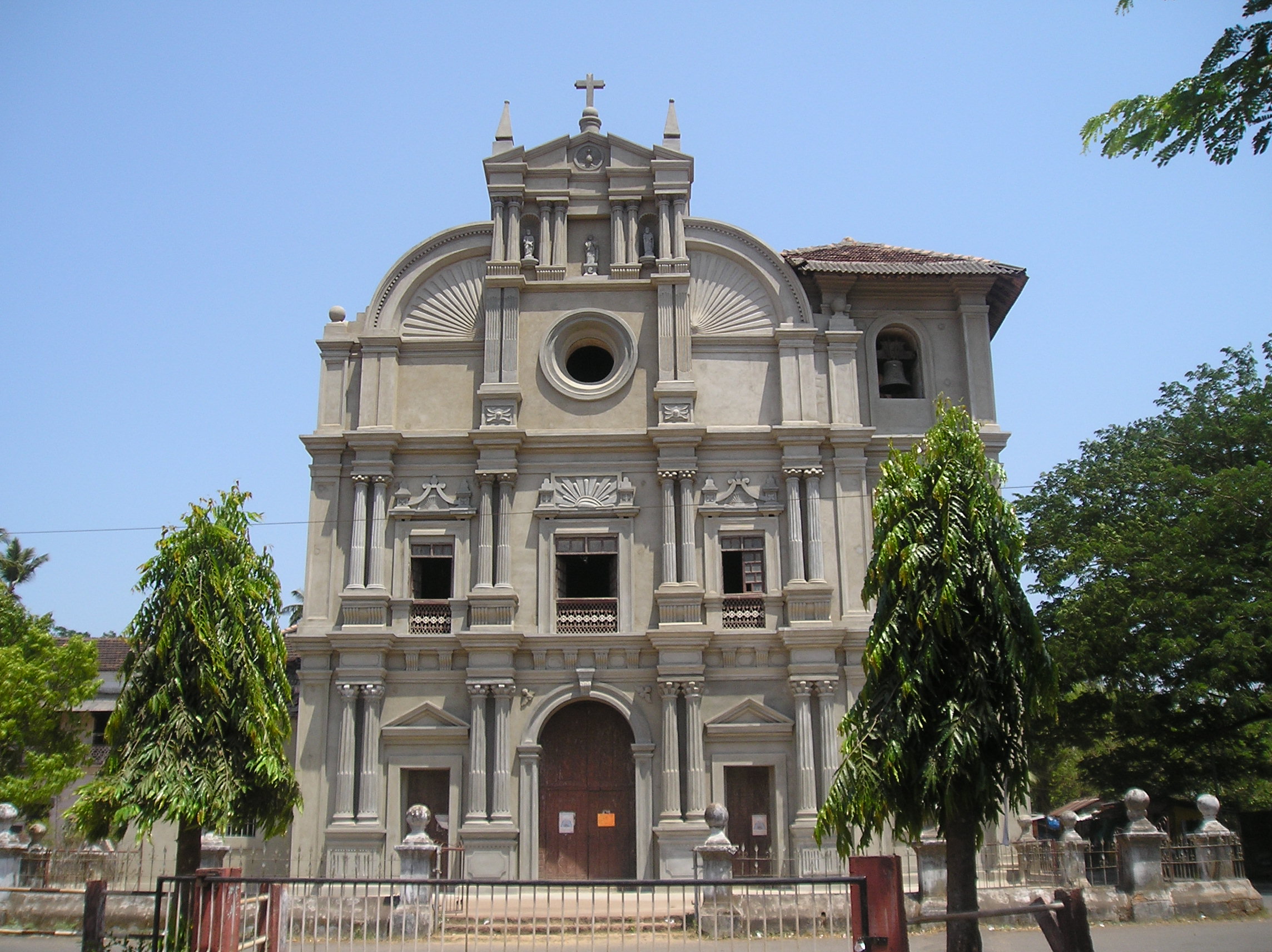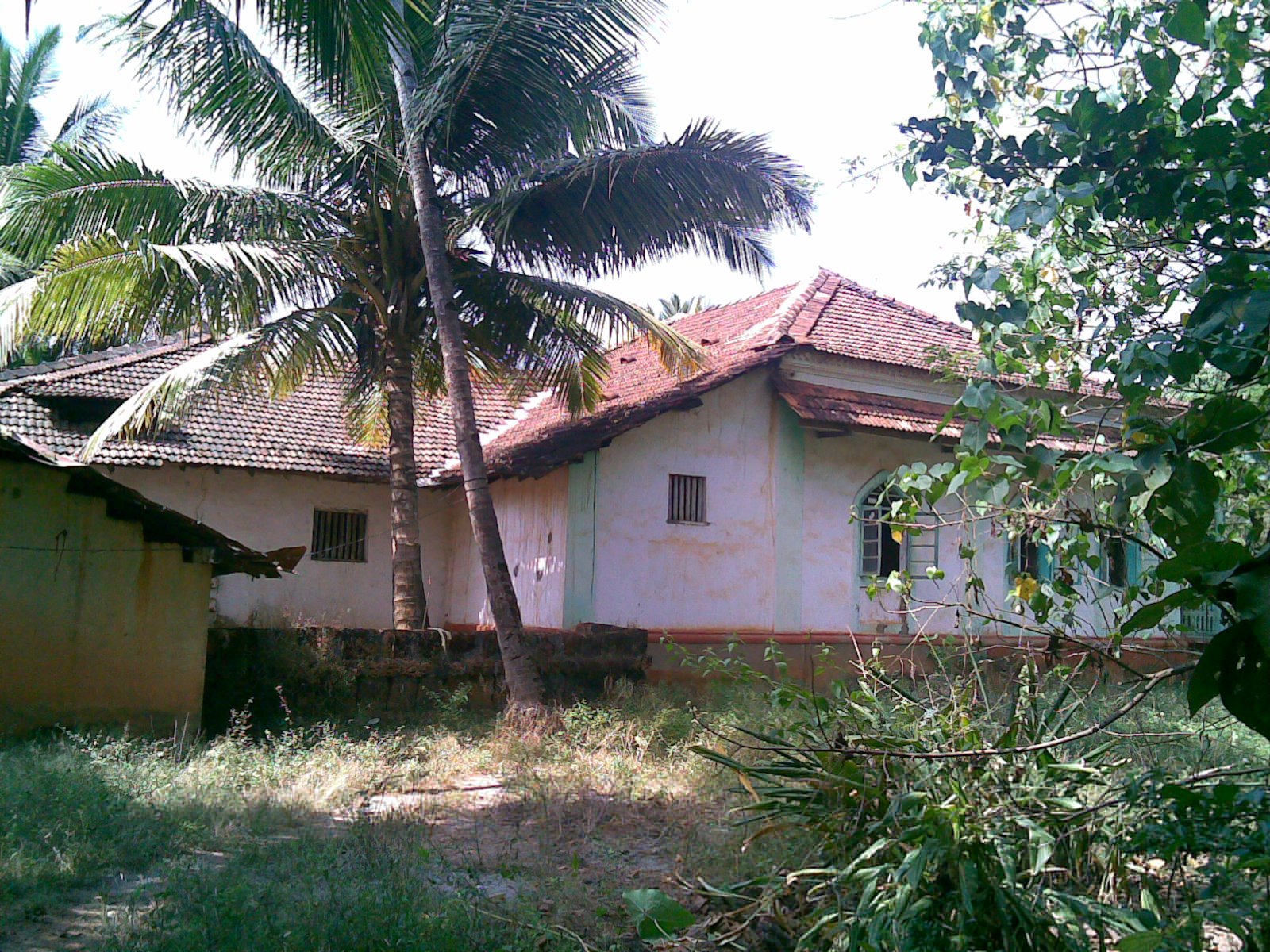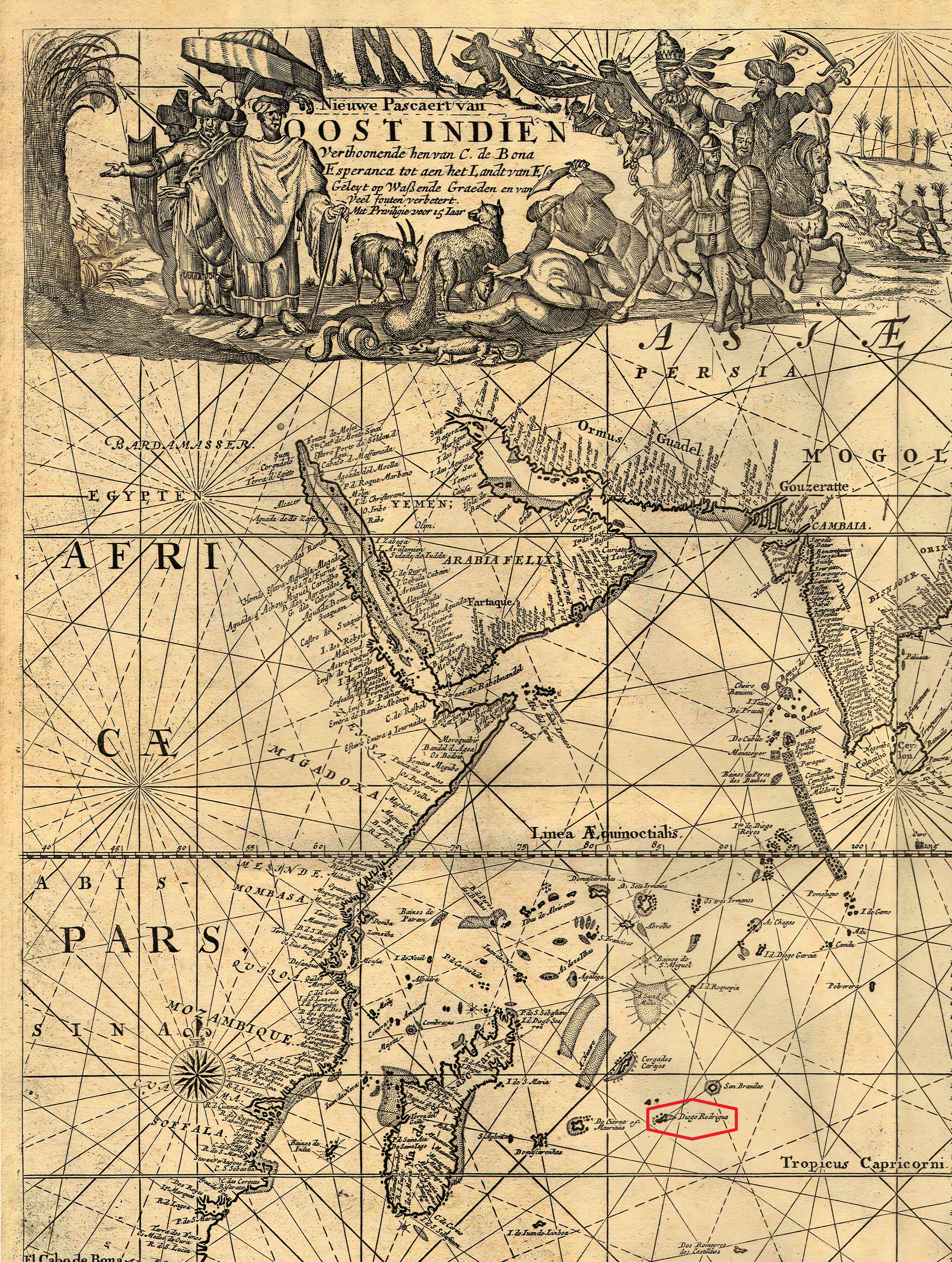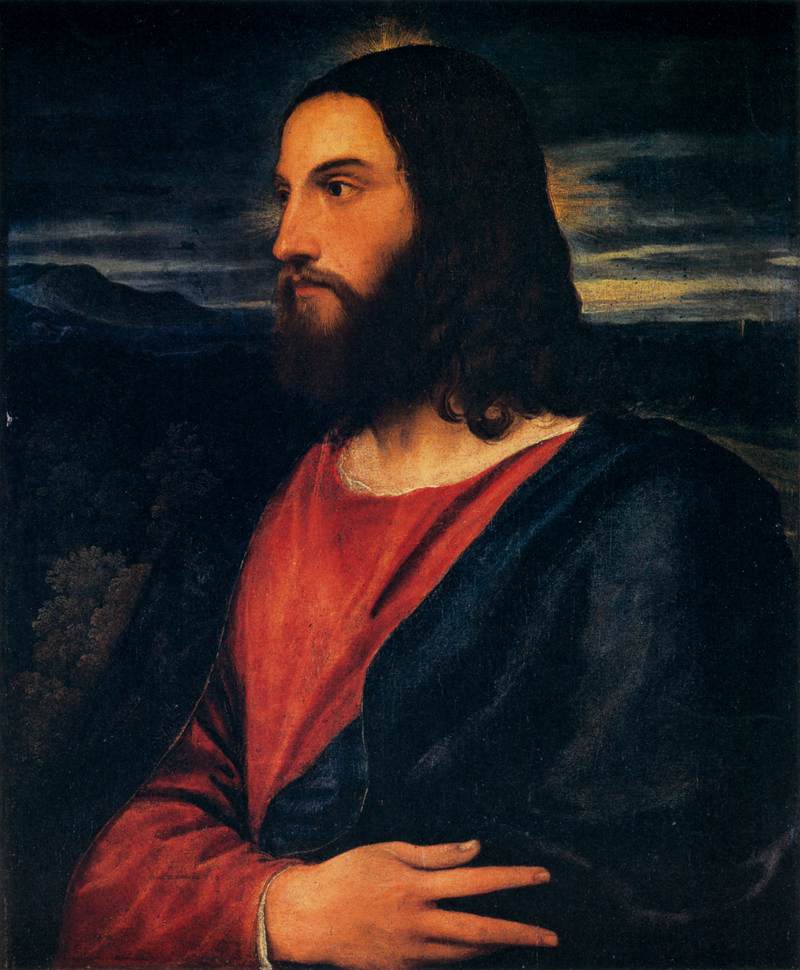|
Loutolim
Loutolim or Loutulim ''Lottli'' pronounced:, Portuguese: ''Loutulim)'' is a large village of South Goa district in the state of Goa, India. It is an important settlement in the Salcete sub-district. Etymology Loutolim derives its name from ''Lovótollem'', coined from the Konkani words—''Lovó'', a type of grass and ''Tollem'', a pond—since those grasses used to grow abundantly around the pond. In Konkani, the local language, the village is known as ''Lottli'' and its native inhabitants are referred to as ''Lottlikar''. History According to a legend, Brahmins from northern India founded the settlement of Loutolim when they emigrated to Goa after the Saraswati River in their homeland dried up. The village community was based around the temple of Shri Ramnath. There were other smaller temples dedicated to Shri Santeri (Shantadurga) in the village. A new temple of Shri Ramnath was built recently at the same spot. The original idol of Shri Ramnath now st ... [...More Info...] [...Related Items...] OR: [Wikipedia] [Google] [Baidu] |
Salcete
Salcete ( Konkani: ''Saxtti''/''Xaxtti''; pt, Salcette) is a sub-division of the district of South Goa, in the state of Goa, situated by the west coast of India. The Sal river and its backwaters dominate the landscape of Salcete. Historically, the sixty-six settlements south of the River Zuari formed the original Salcette territory. Salcete forms a part of the bigger Konkan region that stretches along the western shoreline of peninsular India. In erstwhile Portuguese Goa, the Salcette ''concelho'' (county) located in the ''Velhas Conquistas'' (Old Conquests) was co-terminous with the undivided Salcette territory (Salcete and Mormugaõ ''talukas''). In 1917, the ''concelho'' was bifurcated into the present-day ''talukas'' of Mormugao and Salcette. The contemporary Salcete ''taluka'' has been classified as a rurban area. Margao serves as the administrative headquarters of both Salcete ''taluka'' and the South Goa district. Etymology "Salcete" is the modern angli ... [...More Info...] [...Related Items...] OR: [Wikipedia] [Google] [Baidu] |
Goud Saraswat Brahmin
Gaud Saraswat Brahmins (GSB) (also Goud or Gawd) are a Hindu Brahmin community of the north. The Konkani speaking Gaud Saraswat of Goa and southern India claim to be descendents of these Gaud Saraswat Brahmins of the north that migrated to Konkan from Gaud, as per the Skanda Purana. Their traditional occupation was trading. Etymology There are many interpretations on how the Gaud Saraswat Brahmins received the name "Gaud" and the information about it is scant. Authors Jose Patrocinio De Souza and Alfred D'Cruz interpreters that the word ''Gauda'' or ''Goud'' may have been taken from ''Ghaggar'', with ''Goud'' and ''Saraswat'' having the same meaning, that is an individual residing on the banks of river Saraswati. Scholars write that "Shenvi" and "Gaud Saraswat Brahmin" are synonyms. Historically, Jana Tschurenev states that the Shenvis were a community that claimed to be Brahmins. The name GSB is a modern construction based on newly curated caste history and origin legends ... [...More Info...] [...Related Items...] OR: [Wikipedia] [Google] [Baidu] |
Ramnathi
The Ramnathi temple is located in Ramnathim, Bandivade in Goa. Goud Saraswat Brahmins (G.S.B) community (belonging to Gokarn Math, & Kashi Mutt), Daivadnya Brahmin and vaishyas are primary worshippers. Similar to other Goan Brahmin temples, Ramnathi too incorporates the system of Panchayatan, therefore, this temple houses 5 main deities namely - Shri Ramanath (chief deity), Shanteri, Kamakshi, Laxmi Narayan, Ganapati, Betal and Kalbhairav, along with other family purushas. Legend Local Hindus believe the Ramanath idol to have originally been installed by Rama at Rameshwar. When Rama came back from Lanka along with Sita, after killing Ravana, he decided to pray to Shiva in order to absolve him of killing a Brahmin. Hence, a lingam was installed, and Rama prayed to it. Shiva is regarded to have emerged from the idol and sent Rama to Guru Gorakshnath. There are 12 Panths, and one of the Panth started from Rama. This came to be known as Ramnath. History The original temple of R ... [...More Info...] [...Related Items...] OR: [Wikipedia] [Google] [Baidu] |
Ramnathi Image
The Ramnathi temple is located in Ramnathim, Bandivade in Goa. Goud Saraswat Brahmins (G.S.B) community (belonging to Gokarn Math, & Kashi Mutt), Daivadnya Brahmin and vaishyas are primary worshippers. Similar to other Goan Brahmin temples, Ramnathi too incorporates the system of Panchayatan, therefore, this temple houses 5 main deities namely - Shri Ramanath (chief deity), Shanteri, Kamakshi, Laxmi Narayan, Ganapati, Betal and Kalbhairav, along with other family purushas. Legend Local Hindus believe the Ramanath idol to have originally been installed by Rama at Rameshwar. When Rama came back from Lanka along with Sita, after killing Ravana, he decided to pray to Shiva in order to absolve him of killing a Brahmin. Hence, a lingam was installed, and Rama prayed to it. Shiva is regarded to have emerged from the idol and sent Rama to Guru Gorakshnath. There are 12 Panths, and one of the Panth started from Rama. This came to be known as Ramnath. History The original temple of R ... [...More Info...] [...Related Items...] OR: [Wikipedia] [Google] [Baidu] |
Diogo Rodrigues
Dom Diogo Rodrigues, Dom Diogo Roiz (; Lagos, Portugal – 21 April 1577; Colvá, Goa) was a Portuguese explorer of the Indian Ocean who sailed as an ordinary helmsmanAuguste Toussaint, ''History of the Indian Ocean'' (Chicago: University Press, 1966), pp. 109 under the command of Dom Pedro Mascarenhas around Goa. They sailed from the Cape of Good Hope eastward into little-known waters of the newly discovered route to Goa. Rodrigues island was named after him between 4 and 9 February 1528 because he had discovered it during his only return journey from Goa via Cochin (left on 15 January 1528) to Lisbon, where he was elevated to the rank of a knight (''cavaleiro'') by John III of Portugal. He then returned to Goa and made a mark in the history of the Portuguese empire in the subcontinent around the mid-16th century. Exploration and Diogo Rodrigues In the early 16th century, Dom Diogo Fernandes Pereira was appointed captain of a Setúbal ship bound for Goa. He is said to ... [...More Info...] [...Related Items...] OR: [Wikipedia] [Google] [Baidu] |
Taluka
A tehsil (, also known as tahsil, taluka, or taluk) is a local unit of administrative division in some countries of South Asia. It is a subdistrict of the area within a district including the designated populated place that serves as its administrative centre, with possible additional towns, and usually a number of villages. The terms in India have replaced earlier terms, such as '' pargana'' (''pergunnah'') and ''thana''. In Andhra Pradesh and Telangana, a newer unit called mandal (circle) has come to replace the system of tehsils. It is generally smaller than a tehsil, and is meant for facilitating local self-government in the panchayat system. In West Bengal, Bihar, Jharkhand, community development blocks are the empowered grassroots administrative unit, replacing tehsils. As an entity of local government, the tehsil office (panchayat samiti) exercises certain fiscal and administrative power over the villages and municipalities within its jurisdiction. It is the ultimate execu ... [...More Info...] [...Related Items...] OR: [Wikipedia] [Google] [Baidu] |
Hinduism
Hinduism () is an Indian religion or '' dharma'', a religious and universal order or way of life by which followers abide. As a religion, it is the world's third-largest, with over 1.2–1.35 billion followers, or 15–16% of the global population, known as Hindus. The word ''Hindu'' is an exonym, and while Hinduism has been called the oldest religion in the world, many practitioners refer to their religion as '' Sanātana Dharma'' ( sa, सनातन धर्म, lit='the Eternal Dharma'), a modern usage, which refers to the idea that its origins lie beyond human history, as revealed in the Hindu texts. Another endonym is ''Vaidika dharma'', the dharma related to the Vedas. Hinduism is a diverse system of thought marked by a range of philosophies and shared concepts, rituals, cosmological systems, pilgrimage sites, and shared textual sources that discuss theology, metaphysics, mythology, Vedic yajna, yoga, agamic rituals, and temple building, among other to ... [...More Info...] [...Related Items...] OR: [Wikipedia] [Google] [Baidu] |
Portuguese People
The Portuguese people () are a Romance nation and ethnic group indigenous to Portugal who share a common culture, ancestry and language. The Portuguese people's heritage largely derives from the pre-Celts, Proto-Celts (Lusitanians, Conii) and Celts (Gallaecians, Turduli and Celtici), who were Romanized after the conquest of the region by the ancient Romans. A small number of male lineages descend from Germanic tribes who arrived after the Roman period as ruling elites, including the Suebi, Buri, Hasdingi Vandals, Visigoths with the highest incidence occurring in northern and central Portugal. The pastoral Caucasus' Alans left small traces in a few central-southern areas. Finally, the Umayyad conquest of Iberia also left Jewish, Moorish and Saqaliba genetic contributions, particularly in the south of the country. The Roman Republic conquered the Iberian Peninsula during the 2nd and 1st centuries B.C. from the extensive maritime empire of Carthage during the series o ... [...More Info...] [...Related Items...] OR: [Wikipedia] [Google] [Baidu] |
Rachol Fort
The Rachol Fort is a historical Portuguese era fort located in the village of Rachol, Salcette ''concelho'', in the state of Goa on the west coast of India. History It was originally erected by the Sultanate of Bijapur, then ruled by Ismail Adil Shah, to defend the left bank of the Zuari river. Conquered in AD 1520 by Krishnadevaraya, the emperor of the Vijayanagara Kingdom; he handed over this fort in the same year to the Portuguese Empire in exchange for protection of southern India against the northern India Mughal Empire. Occupied by Portuguese forces, it was renovated and rebuilt, and two bastions were added in AD 1604. Between the sixteenth and seventeenth centuries it had a hundred pieces of artillery, a significant number for those times. After the siege that was imposed by the Maratha Empire leader Sambhaji in AD 1684, it was remodeled as decided by the Viceroy of Portuguese India, Dom Francisco de Tavora, 1st Count of Alvor, as epigraphic inscription, which read ... [...More Info...] [...Related Items...] OR: [Wikipedia] [Google] [Baidu] |
Redeemer (Christianity)
In Christian theology, Jesus in Christianity, Jesus is sometimes referred to by the title Redeemer. This refers to the Christian soteriology, salvation he accomplished, and is based on the metaphor of Redemption (theology)#In Christianity, redemption, or "buying back". In the New Testament, ''redemption'' is used to refer both to deliverance from sin and to freedom from captivity. Although the gospels do not use the title "Redeemer", redemption is used in several of Pauline epistles, Paul's letters. Leon Morris says that "Paul uses the concept of redemption primarily to speak of the saving significance of the death of Christ." Universality The New Testament speaks of Christ as the one Saviour for all people.On Christ's role as universal Saviour, cf. Gerald O'Collins, ''Salvation for All: God's Other Peoples'', OUP (2008). The First Epistle of John says that Jesus is "the propitiation for our sins and not for ours only but also for the sins of the world" (wikisource:Bible (Ameri ... [...More Info...] [...Related Items...] OR: [Wikipedia] [Google] [Baidu] |
Novas Conquistas
The Novas Conquistas or "New Conquests" are a group of seven ''concelhos'' (administrative subdistricts or municipalities) of Goa and Damaon, officially known as Portuguese India. They were added into Goa in the eighteenth century AD, a comparatively later date than the original three ''concelhos'' that make up the ''Velhas Conquistas'' or "Old Conquests". The seven ''concelhos'' of the ''Novas Conquistas'' are Pernem, Bicholim, Sattari, Antruz ( Ponda), Sanguem (modern-day Sanguem and Dharbandora ''talukas''), Quepem, and Canacona. Silvassa was a newly conquered area in the territory of Damaon, Diu& Silvassa In writing postal addresses, the ''Novas Conquistas'' were abbreviated "N.C." History In December 1764 Hyder Ali, the king of Mysore, sent his general Fazalullah Khan northward into Soonda via Bednur, where landowners who resisted his administration met severe retribution. Fearing capture, the Raja of Soonda fled to Goa, surrendering his territories below the Western G ... [...More Info...] [...Related Items...] OR: [Wikipedia] [Google] [Baidu] |
Society Of Jesus
, image = Ihs-logo.svg , image_size = 175px , caption = ChristogramOfficial seal of the Jesuits , abbreviation = SJ , nickname = Jesuits , formation = , founders = , founding_location = , type = Order of clerics regular of pontifical right (for men) , headquarters = Generalate:Borgo S. Spirito 4, 00195 Roma-Prati, Italy , coords = , region_served = Worldwide , num_members = 14,839 members (includes 10,721 priests) as of 2020 , leader_title = Motto , leader_name = la, Ad Majorem Dei GloriamEnglish: ''For the Greater Glory of God'' , leader_title2 = Superior General , leader_name2 = Fr. Arturo Sosa, SJ , leader_title3 = Patron saints , leader_name3 = , leader_title4 = Ministry , leader_name4 = Missionary, educational, literary works , main_organ = La Civiltà Cattoli ... [...More Info...] [...Related Items...] OR: [Wikipedia] [Google] [Baidu] |







